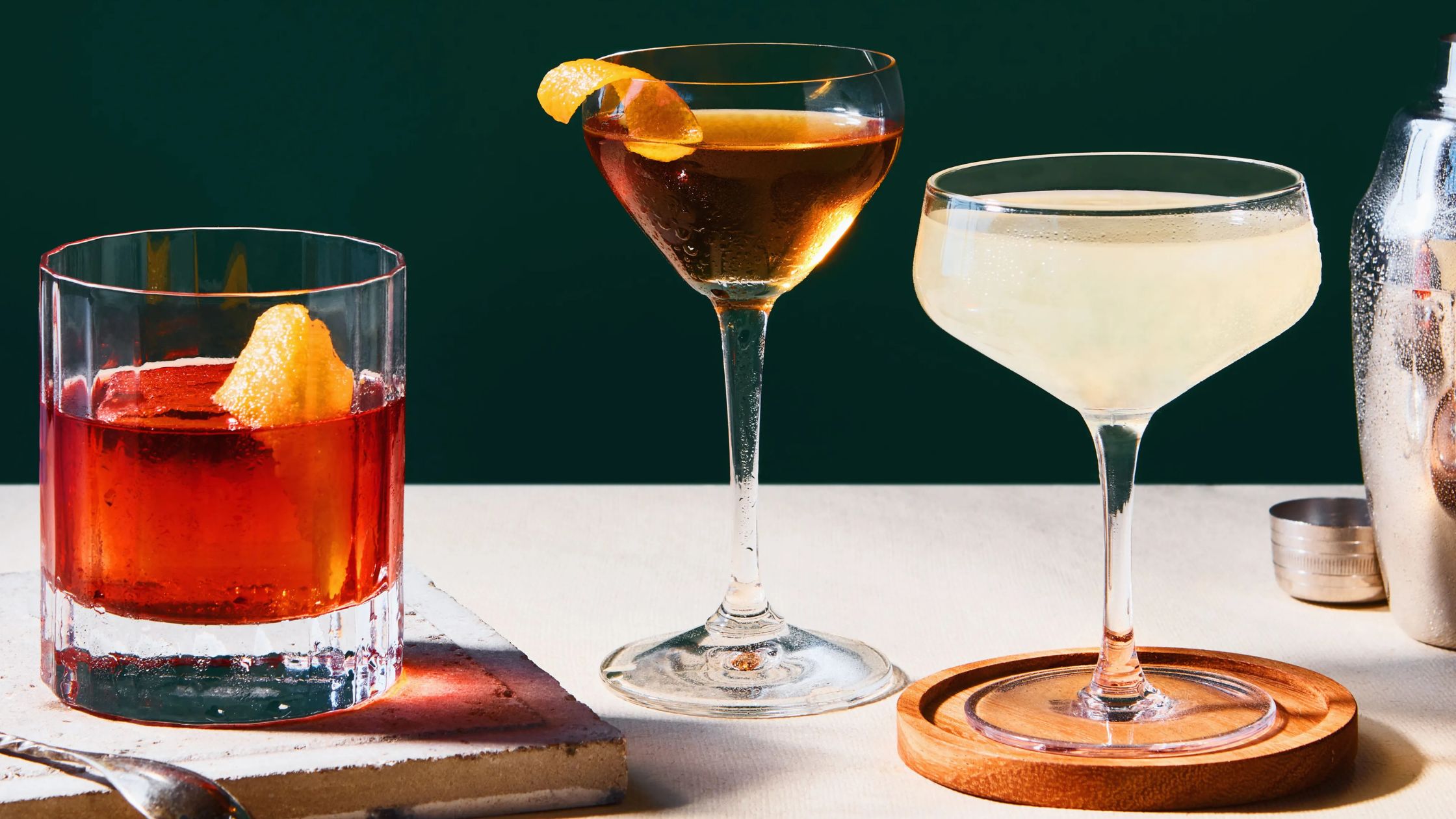Best Liquor Under ₹10,000 for a Perfect New Year 2026 Party
2025-12-05


Whether you're sipping a perfectly shaken Daiquiri or savoring the complexity of a Negroni, what you're really experiencing is a delicate balance of chemistry. Behind every great cocktail is a blend of acids, sugars, alcohols, and textures, each interacting on a molecular level to deliver flavor, aroma, and mouthfeel.
In this article, we break down the chemistry of cocktails, diving deep into the roles of acidity, balance, and mouthfeel, backed by scientific insights and modern mixology techniques.
Acidity isn’t just about making a cocktail tart, it’s essential for balancing sweetness, enhancing aroma, and lifting flavors. The primary acids in cocktails come from citrus fruits, particularly lemons and limes, which contain citric acid and ascorbic acid. These ingredients typically fall between pH 2.0 to 2.6, making them potent sources of sharp, palate-awakening acidity.
While both are staples behind the bar, lemons and limes have slightly different chemical compositions:
Pairing tip:
These acid profiles don’t just impact taste; they also influence the aroma release. Acidity helps extract volatile compounds from citrus zest and botanicals, which contributes to the layered fragrance in drinks like the Tom Collins or Southside.
Read also: Top 5 Summer Cocktails to Try in 2025
Cocktail making is often described as a culinary art, but at its core, it’s also a scientific equation:
Alcohol + Acid + Sweetness ± Bitterness = Balance
Acidic ingredients are naturally intense and need to be countered with sugar to avoid an overly sharp drink. This is why classic sour-style cocktails—like the Whiskey Sour—follow an almost mathematical ratio of:
Too much sugar and the drink becomes cloying. Too little, and it’s puckeringly sour. Getting that sugar-to-acid ratio just right is what separates a great cocktail from a mediocre one.
Bitterness, often introduced via ingredients like Campari, vermouth, herbal liqueurs, or even grapefruit zest, adds depth and complexity. It works especially well in balancing the sweetness of syrups or liqueurs.
Ethanol isn’t just the “boozy” part of a drink. It’s also a solvent, capable of extracting aromatic oils from herbs, fruits, spices, and botanicals. That’s why muddling mint in a Mojito or bruising basil in a Smash works so well, the alcohol lifts the aromatic compounds and integrates them into the liquid.
Scientific studies on cocktail composition show ideal alcohol content ranges between 12–20% ABV in the final drink—enough to provide structure without overpowering the palate.
While flavor gets most of the glory, mouthfeel, how a drink feels in your mouth, is just as crucial to the cocktail experience.
Drinks like the Whiskey Sour (with egg white) or Pisco Sour rely on emulsification, a chemical process where two immiscible liquids (like water and oil) are stabilized into a uniform mixture using emulsifiers (e.g., egg whites, cream, or aquafaba). This not only affects visual appeal (foam tops!) but adds body and creaminess to the drink.
Sparkling cocktails—think French 75, Gin and Tonic, or Moscow Mule, use carbonation to add both acidity (via carbonic acid) and mouthfeel (effervescence). The bubbles help release aromatic compounds as they burst, enhancing flavor perception and making drinks feel crisp and refreshing.
Melting ice does more than chill, it dilutes the alcohol, softens harsh edges, and rounds out flavors. A perfectly diluted cocktail shouldn’t taste watery; it should taste complete.
For example:
Read also: Best Monsoon Cocktails in India: Easy Recipes from Expert Bartenders
Colder drinks release fewer volatile aroma compounds, meaning your drink’s bouquet unfolds more slowly, leading to a layered experience. However, if it’s too cold, flavors may be muted, another balancing act.
Though mostly known from cooking (e.g., browning meat), the Maillard Reaction, a chemical reaction between amino acids and reducing sugars—can also play a role in mixology.
Examples include:
These advanced techniques give drinks depth, warmth, and complexity, especially in modern speakeasy-style bars.
With the rise of data-driven mixology, bartenders now use apps, spreadsheets, and scientific instruments to perfect cocktail balance. Tools like:
…are used to fine-tune recipes for precision and repeatability, allowing mixologists to push boundaries while staying grounded in flavor science.
From pH balance and sugar-acid ratios to dilution curves and emulsified textures, the world of cocktails is far more scientific than it might seem. Great bartenders are not just artists—they're chemists, creating multi-sensory experiences with every shake, stir, and pour.
The next time you sip your favorite cocktail, take a moment to appreciate the invisible chemistry at play, balancing taste, aroma, and texture in perfect harmony.
Read also: Birth Month Cocktails: 12 Superb Drinks That Match Your Monthly Vibe